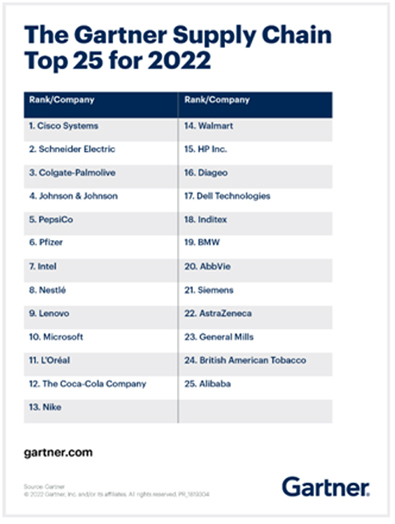INDIA
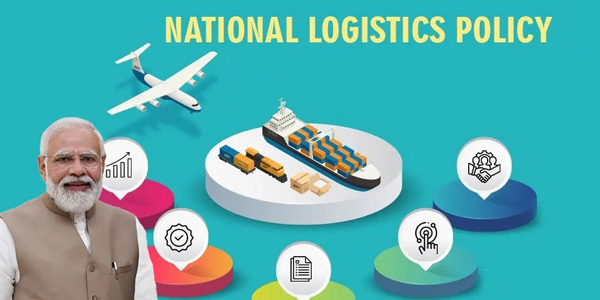
|
Prime Minister Shri Narendra Modi launched National Logistics Policy (NLP) at the capital's Vigyan Bhavan on 17 September, his birthday. The much-awaited policy was first introduced in the Budget 2020 speech by Finance Minister Nirmala Sitharaman. "India is emerging as a global manufacturing hub and the world has started recognizing that fact. NLP will provide a fresh impetus to it," said the PM. The policy aims to cut the country's logistics costs, promote a seamless movement of goods, and help in strengthening India's exports.
|
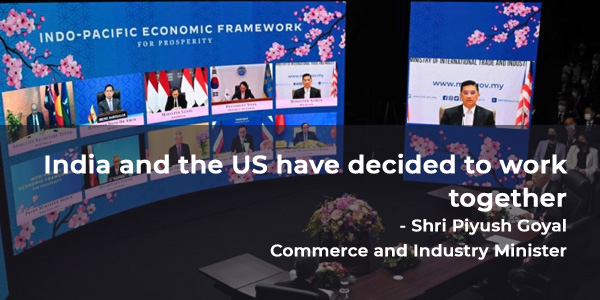
|
Commerce and Industry Minister Piyush Goyal, speaking on the sidelines of Indo-Pacific Economic Framework (IPEF) ministerial in Los Angeles, said that India and the US have decided to work together in all areas possible to further supply chain resilience.
|
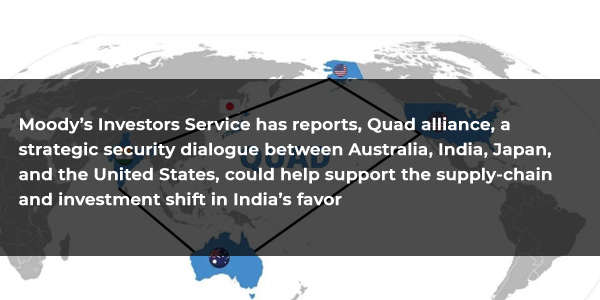
|
Moody's Investors Service has reported that the Quad alliance, a strategic security dialogue between Australia, India, Japan, and the United States, could help support the supply-chain and investment shift in India's favor. The strengthening economic relationships among the Quad members in the face of the rising geopolitical tensions could help this trend.
|
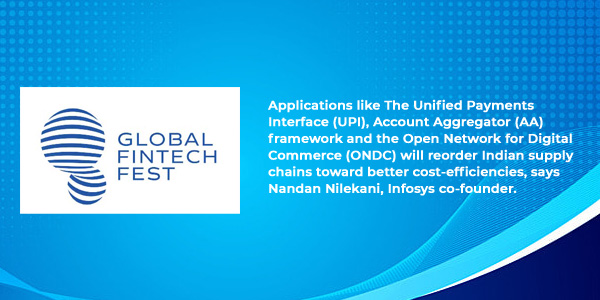
|
Infosys co-founder Nandan Nilekani, speaking at the Global Fintech Fest's launch of new UPI solutions, said that applications like The Unified Payments Interface (UPI), Account Aggregator (AA) framework and the Open Network for Digital Commerce (ONDC) will reorder Indian supply chains toward better cost-efficiencies. The new UPI solutions are developed by the National Payments Corporation of India (NPCI).
|
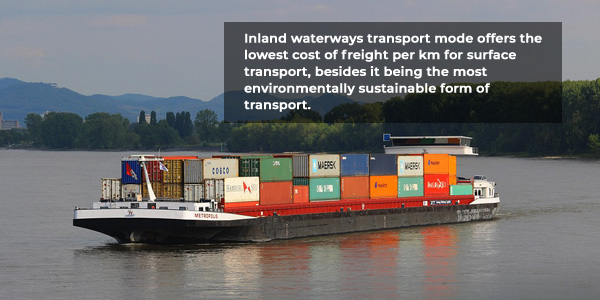
|
A study conducted by Rail India Technical and Economic Service (RITES) pointed out that the inland waterways transport mode offers the lowest cost of freight per km for surface transport, besides it being the most environmentally sustainable form of transport. However, this mode of transport is severely underutilized, said an Economic Times feature, positing that the future of India's efficient supply chain lies in its rivers and ghats.
|
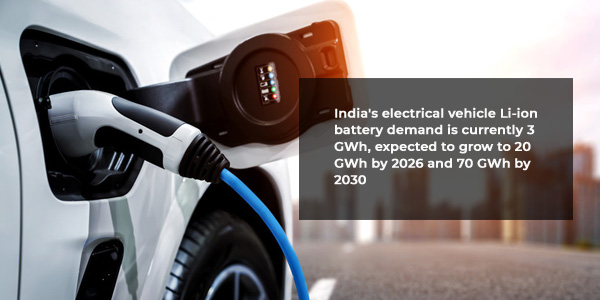
|
Management consulting firm Arthur D Little has reported that India needs to invest about $10 billion in order to meet the country's projected demand for lithium-ion batteries for electric vehicles by 2030. India's Li-ion battery demand is currently 3 GWh, expected to grow to 20 GWh by 2026 and 70 GWh by 2030, as per the report. Presently, the country serves 70 percent of its Li-ion battery demand through imports.
|
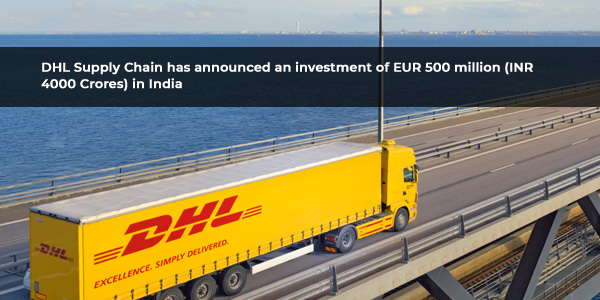
|
DHL Supply Chain has announced an investment of EUR 500 million (INR 4000 Crores) in India over the next five years to significantly grow its capacity, workforce and the various sustainability initiatives.
|
INTERNATIONAL
Back in May 2022, Gartner had released the results of Gartner Supply Chain Top 25, an annual ranking that identifies leading supply chains and highlighting their best practices (see table below).
In a recent SCMR (Supply Chain Management Review) article, Gartner analysts brought up several insights on supply chain leaders that figured in the ranking. The article is a good reference guide for supply chain leaders seeking to learn from the strategies of this year's ranking toppers.
Cisco Systems, the organization that has held the No. 1 spot for three consecutive years has its markets and operating models moving toward growing use of the Cloud. Schneider Electric rose two spots to figure at No. 2 was held up as an example of self-stabilizing supply chains. The writers emphasized the significance of ESG (Environment, Social, and Governance) as a key focus area, and circular concepts a need-to-have part of design, operations and consumption strategies of the supply chain leaders.
The research firm also released survey results in September which showed that 74% of supply chain leaders expect circular economy to increase profits during the next three years.
|
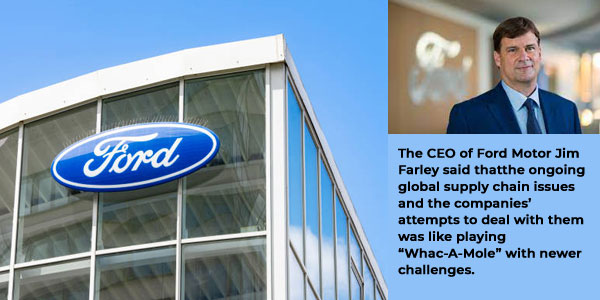
|
The CEO of Ford Motor Jim Farley said that the ongoing global supply chain issues and the companies' attempts to deal with them was like playing "Whac-A-Mole" with newer challenges. Speaking to Yahoo Finance, the Ford CEO cautioned that challenges emanating from these disruptions coupled with inflation will continue to trouble businesses and consumers in the "foreseeable future".
|
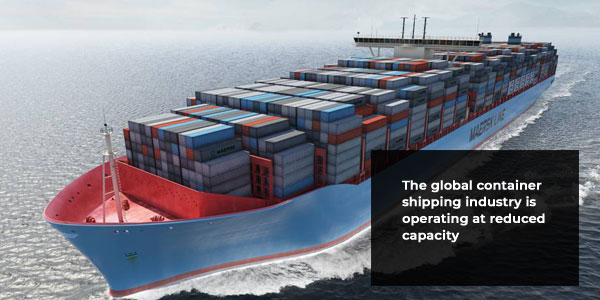
|
The global container shipping industry is operating at reduced capacity in view of a "soft" global demand downtrend. Challenges like inflation and a shift away from goods to services is making container shipping companies cancel voyages from Asia.
|
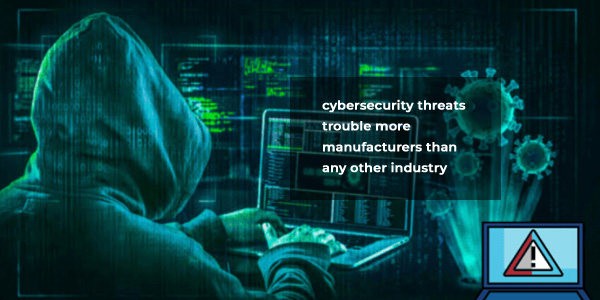
|
The 2022 State of Smart Manufacturing Report: Security Edition revealed that cybersecurity threats trouble more manufacturers than any other industry. The manufacturing accounted for 65% of all ransomware attacks in 2021, said the report. Even though about 30 percent of manufacturers cited cybersecurity and risk mitigation as major threats to their growth, less than 40 percent had any plan on place for operational disruption.Informational portal Supply Chain Brain listed five steps to improve supply chain's cyber security preparedness.
|
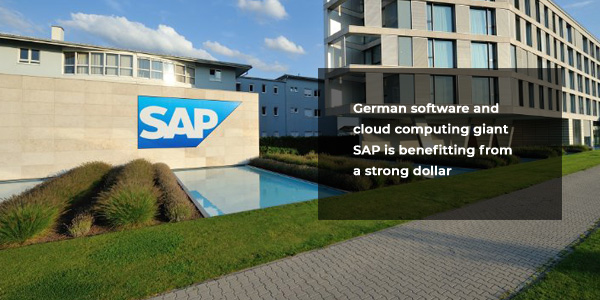
|
German software and cloud computing giant SAP is benefitting from a strong dollar due to the rising need of companies managing global supply chain challenges. It also helps that SAP's biggest competitors are in the U.S. Terming the prevalent strong dollar trend "a tailwind", SAP CEO Christian Klein told CNBC that the trend is benefitting the company as it reports in euros. For the first time in 20 years, the euro fell to parity in July. News from America seems to point to another strong quarter. The U.S. Commerce Department data showed that the U.S. trade gap shrank to its lowest since October 2021 with drops in both imports and exports. This indicates a tailwind for economic growth in the third quarter.
|
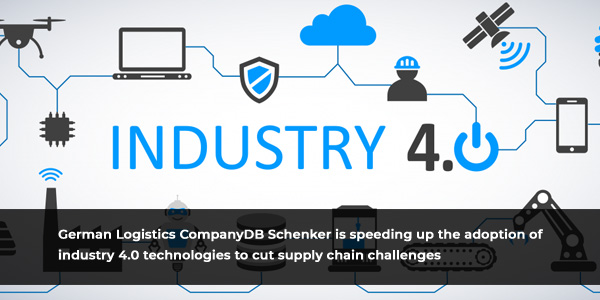
|
On its part, German Logistics CompanyDB Schenker is speeding up the adoption of industry 4.0 technologies to cut supply chain challenges. The company announced recently that that its customers can order components from a "virtual warehouse" that will then be 3D printed. This will help reduce delivery waits and supplychain issues.
|
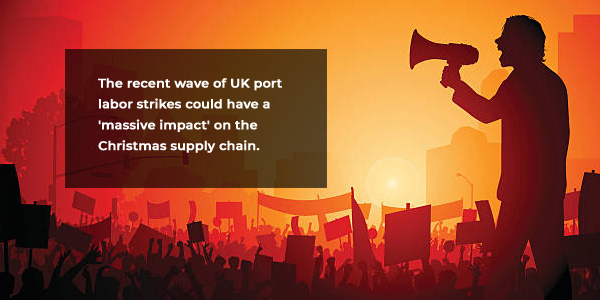
|
The recent wave of UK port labor strikes could have a 'massive impact' on the Christmas supply chain. This would be the second wave of U.K. strikes that has risen due to growing labor issues caused by inflation at the U.K. ports. The U.S. is a top trade partner for the Port of Liverpool, accounting for about a third of its business in volume.
|
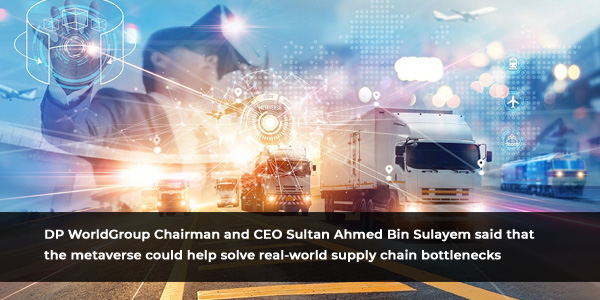
|
Metaverse is being embraced by the supply chain world. DP WorldGroup Chairman and CEO Sultan Ahmed Bin Sulayem said that the metaverse could help solve real-world supply chain bottlenecks. Speaking at a fireside chat at the first Dubai Dubai Metaverse Assembly, Sultan Bin Sulayem said that data and technology have the powr to create equal economic opportunities and enable global transparency.
|
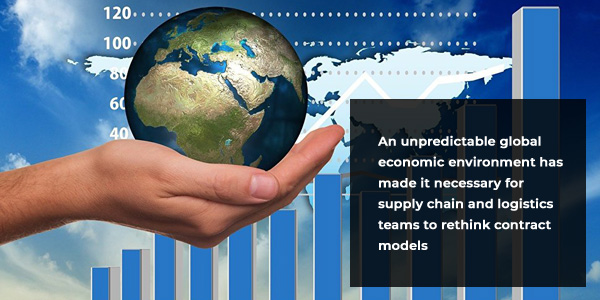
|
An unpredictable global economic environment has made it necessary for supply chain and logistics teams to rethink contract models. Rising inflationary pressures and the persistent supply chain disruptions are impacting annual contract agreements, which should be static by definition, wrote Martin Rand, the co-founder and chief executive officer of Pactum, an AI startup, in Supply Chain Brain. An on-demand contract model, on the other hand, creates value for both shippers and carriers, he stated.
|
|
Interview of the Month
|
We are Committed to Advancing Green Logistics: V-Trans (India) CMD
|

|
Mr. Mahendra K Shah, Chairman and Group Managing Director - V Trans (India) Ltd shared leadership insights with the CII IL newsletter on a host of important topics including the impact of GST on logistics, challenges in the transportation sector, and manpower management.
|
|
India's transportation sector is one of the most challenging sectors. Local and international factors regularly test the transportation business, the topmost challenges being the fluctuations in the fuel price which comprises nearly 50 percent of the cost, and a lack of skilled manpower availability. Could you share with us the biggest challenges that the transportation sector faces, and how the V-Trans Group successfully navigates them to be able to grow at a good pace.
|
Yes, the factors of fuel and availability of skilled manpower are big challenges for the industry and something that is beyond our control, however, we put our strategies to overcome such issues.
The fuel cost has been a big concern, as correctly mentioned, it is approx. 50% of the cost and any fluctuation directly impacts the price and operating margins. In most cases, the clients do not accommodate the increased fuel prices so fast and we have to absorb the impact which results in low yield and high-cost pressure. Apart from fuel, another big cost impact is toll charges which from 17 to 18% of operating costs. There are always increases in toll charges and the raise is seldom mentioned while negotiating with clients. We keep devising strategies to reduce our operations costs and thereby try and maintain our margins. We keep on upgrading our fleet, inducting CNG and EVs to improve our fuel efficiencies.
For skilled manpower, we have crafted unique training programs, with which we are developing the talent in-house for various critical positions. we have programs for entry-level, mid, and senior-level development. A host of initiatives like Nextstep, Utkarshta, and Nipunta are clubbed under 'Prayan' our umbrella of initiatives for career enhancement programs. Our 3 to 5 days' induction programme for new joinees and freshers enable them to be accustomed to requirements for transportation jobs and organizational working style. The work culture of the company, ethical reputation, and financial stability with the brand image, also help us in attracting the best talent.
|
|
|
When the GST was implemented in July 2017, it was hailed by the logistics industry as revolutionary measure that would bring many positive changes like increased turnaround times, consolidation of warehouses, etc. Five years down the line, what are the biggest advantages that you have seen brought about by the GST, and what are the improvements that you want to see with the GST system for greater industrial growth?
|
Consolidation in warehousing space, uniformity of tax, and hence less confusion have helped make visible improvements.A system like GST was the need in our country. Faster turnaround time has been facilitated due to lesser stoppages, check posts, etc. in totality GST has been a game changer for the logistics industry and has helped organized and technologically advanced organizers like us.
Uniform services charges have been a positive move for us in the following ways:
-
A uniform rate under the GST rule will be helping us as a logistics player to avoid the exercise of storing the goods in a warehouse in different states to stick with the distinct tax code of each state. With sucha rule, the logistics company gets good support for growth.
-
GST will prevent cascading of taxes by providing a comprehensive input tax credit mechanism across the entire supply chain. Such a seamless availability of the Tax credit across goods or services at every stage of supply will enable the streamlining of business operations.
-
E-way bills work smoothly for our industry, it helps us to provide see visibility across all transactions & claim credit input with an invoice.
The only expectation we have is the GTA (Goods Transport Agency) taxes, currently leviedat 18%, could be eased. It will help boost growth in the sector.
|
|
|
You are known to be a people's person in your organization, appreciated for your ability to motivate your staff - an example of that is the low attrition rate that your organization enjoys. This ability is important in a sector that ranks among the biggest employment providers in the country. What are the topmost ways in which logistics companies can provide greater and better-quality employment opportunities to people. How can industry bodies and the government help toward this aim?
|
People skills have helped me greatly in the journey to take V-Trans where it is. Ours is a manpower intense industry and building a team, skilling it, and retaining talent are extremely crucial factors in the overall success. Bonding with team members, and personally taking interest in their well-being and their skill upgrade gives a sense of belonging to the team also. Our company's work culture with human values got enhanced with this. Maintaining Dignity and empathy are imbibed in our culture. This culture, financial stability, and robust training and development programs support us in keeping the attrition rate very low and also in attracting the talent pool.
There are some employee welfare programs which include drivers also, that can be taken outside the organization and other players can join in to make it larger and augment the impact. Industry bodies like CII can play a very vital role and bridging the organizations and helping in letting the best practices be shared with all, which to a great extent I believe they are already doing. However, the scope is so vast that it can be further expanded.
The government has taken a lot of steps to support the logistics industry and this is probably the best time going on for the industry from a government support point of view. Launch of tax reforms, removal of rad tape with eWay bill and mega projects such Gati Shakti which has UDAN, Bharatmala, Sagarmala, DFC and more and also lunch of National Logistics policy to further provide direction and will fill the gaps with MMLP, ULIP, and many other new strategic initiatives. Even a university dedicated to supply chain professionals is being set up, so we just need to align ourselves and play our part to maximize these opportunities.
|
|
|
The V-Trans Group recently won the Economic Times' Sustainable Organization 2022 award. The award is given to companies that are helping shape a low-carbon, environmentally sustainable, and equitable future. Could you share with us the significant measures you have taken in the recent past to ensure sustainability for the environment and the industry ecosystem through your organization?
|
Working towards sustainability is both the need of the hour and our responsibility. We integrate sustainability and the highest ethical standards across our business activities through thoughtful ESG programs. At V-Trans, we are committed to advancing green logistics by integrating ESG into everything we do.
|
|
|
V-Trans, being the leading logistics player, has adopted the ESG (Environmental Social Governance) strategy to contribute to the environment and build sustainable logistics solutions. Highlighting some of the group's ESG initiatives that demonstrate the company as a socially responsible & ESG-compliant player in India.
|
V-Trans has installed renewable energy production with solar panels on various premises. 40% of electricity usage is being generated through solar in these facilities, including the corporate office, which is also a US-based LEED-certified building. One of the most important natural resources is water, and the best time to preserve it was yesterday. V-Trans knows the importance of this resource and hence has implemented rainwater harvesting techniques in various branches and Fulfilment centres, to ensure its highest optimal usage.
V-Trans is further planning to implement an environment-friendly approach in every walk of logistic service and as a part of it, we highly concentrate on our fleets and make sure that it emits a very minimal amount of smoke while running and hence we carry out various methods like not getting into overloading to avoid unnecessary smoke emission, and as a part of being an alternative fuel resource we use a good number, of CNG vehicles, almost 25% as our fleets. As a pioneering step in B2B logistics, we have also piloted electric vehicles for the last mile deliveries.
|
|
|
Will connect again next month, with a comprehensive dossier of news, trends and events from the industry.
|
|
|
|
|
|
|








